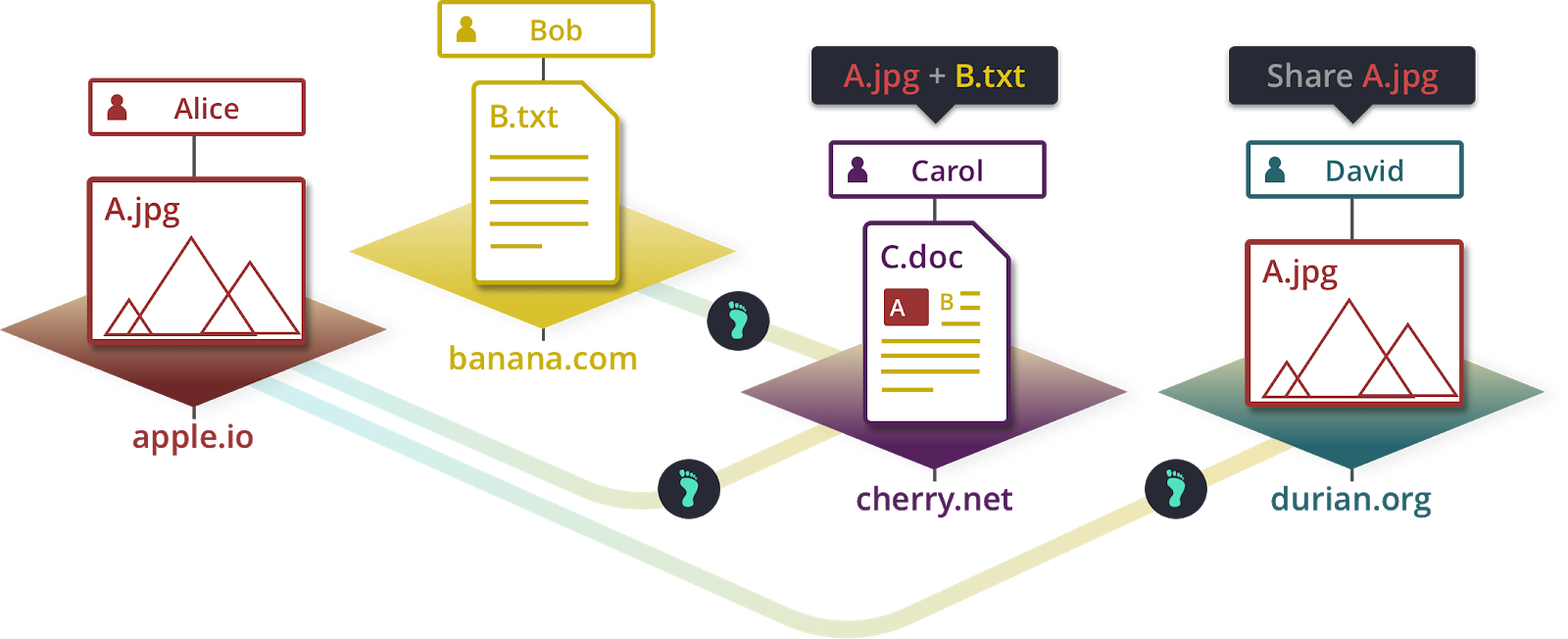As a student, writing papers is nothing out of the blue, and I had once thought that my graduation thesis would be the last paper that I would ever write in my entire life. I would never have guessed that a couple of decades later, I would spend almost half a year, not compelled nor coerced by anyone else, and with ten times the diligence and conscientiousness when writing the LikeCoin Whitepaper.
The inception of the concept of BitCoin first came about in 2008, and the original design document was merely a paper. It was much later with the introduction of Ethereum or the blockchain projects that began earlier, that the term “whitepaper” came into use. Gradually, publishing a whitepaper before the launch of a cryptocurrency became a standard practice in the industry.
The first time I heard of the word “whitepaper” was back in 1984 when the Hong Kong government had published the “Green Paper: The Further Development of Representative Government in Hong Kong” and the subsequent “White Paper: The Further Development of Representative Government in Hong Kong”. The term whitepaper originally referred to an authoritative document in which a government body expresses their stance and elaborate on policies officially.
Typically, prior to publishing a whitepaper, the government would issue a green paper for public consultation; it is only in the recent 20 years that the Hong Kong government decided that there was no need for public consultation on certain bills and legislation. In 1997, the Provisional Legislative Council had not only wrecked the “through train” arrangement set out, it was driving us in reverse gear.
For cryptocurrency, its whitepaper is a very important document: it helps clarify and refine concepts internally, while it helps to elaborate the finer details of the plan externally. However, due to the fast-paced nature of life in cities, most people would choose to overlook whitepapers due to their technical nature and colossal information volume. Hence, during the sale of tokens, a paradoxical phenomenon would emerge: the documentation which the most time had been spent on preparing, would receive the least attention from readers. In addition, they would also utilize the least funds for promotional purposes. To illustrate with a most extreme example, a whitepaper could be easily settled by outsourcing the work to a writer in China or Russia, or they can even be plagiarized, because the most “intelligent” entrepreneur knows clearly that no one would be reading thispaper, and so the effort should be better used on building hype instead, as that would be beneficial to the token’s pricing.
In our process of promoting LikeCoin, I have always been very willing to respond to comments and feedback from the community. But frankly speaking, sometimes this is a tedious process as well. For example, someone once replied to our introductory video asserting, “There are no details at all, this is a scam.” When we responded to them with a link to our whitepaper and a vast amount of resources from our website, their response was simply “They contain industry jargons only, how can a layman understand it at all?”
No, this is not a rant at all. Firstly, I have already grown accustomed to it. Secondly, I actually found the feedback rather reasonable. Indeed, the introductory video did not contain any in-depth information, and the whitepaper was not targeted at the general population who enjoys reading. Moreover, I have no trick up my sleeve to clearly explain a bunch of theoretical concepts and philosophy in a simple, engaging and easy to understand manner.
All I can say is that I have put in my utmost effort in explaining the core of LikeCoin’s design in 20 or so A4 pages, avoiding all overly technical jargons, and accompanied by useful images. This is not a comic chapter, this is not a movie, and it is not a piece of entertainment news either, so it definitely will not be super simple. On the other hand, it isn’t rocket science either! I have no skills in engineering rockets anyway, so the text will not be too complex to comprehend. Moreover, if readers still have questions after reading the text, there is other supplementary information that could be utilized, or our team and the community is also very helpful in addressing queries from newcomers.
A technological product is never one hundred percent completed, and they can never be fully prepared. Besides, the purpose of a token sale is essentially to demand more resources to create an ecosystem. So, it is impossible for the LikeCoin whitepaper to encapsulate a hundred percent of details, and neither can it be perfect — this is something I can acknowledge and accept, that doing my best is enough.
Regrettably, even though I had initially wished to pen this whitepaper in Chinese or to create a Chinese version after the completion of the English version, as it is my native language after all. But due to my workload during this period, I had no choice but to outsource the task to a translation company, and only make some finishing touches at the end. I feel slightly down when reading the Chinese version of the whitepaper, as it felt like the translator had left an impassive imprint on it.
In the coming days, we will do our best to present all materials related to LikeCoin bilingually, ensuring that pace for our materials in both languages are in parallel. In fact, since last August, most of the articles on LikeCoin were primarily written in Chinese, and I feel that the emphasis should be strengthening the coverage of our English materials.
If you are willing to take a good look at the LikeCoin whitepaper, I can assure you it can be quite a good read too.
# translated by ktsecoda. Originally〈那份幾近被遺忘的 LikeCoin 白皮書〉


Leave a Reply